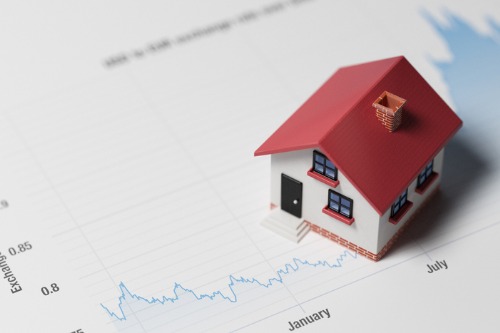Mounting unemployment will likely aggravate the pandemic’s impact on the housing segment

Canada’s mortgage arrears are likely to spike despite forecasted home-price declines this year, according to rating agency DBRS Morningstar.
“The rapid spread of the coronavirus disease and the associated economic fallout has brought Canada’s residential real estate market to a near standstill,” DBRS said in a report released on May 6. “Prior to the outbreak, the national housing market was heating up. Resale activity and home prices were increasing in early 2020, in large part due to robust population growth, a strong labour market, and declining mortgage rates. In addition, mortgages were performing well, with the share of mortgages in arrears running at just one quarter of 1%.”
COVID-19 has upset all previous predictions, derailing housing activity from the latter part of March onwards.
With the loss of market momentum, DBRS outlined two possible paths for the national mortgage market, both involving an increase in delinquencies to some degree.
In what it called the “moderate” scenario, DBRS is projecting Canadian mortgage arrears to go up to “approximately 65 basis points” this year and then enter a downward slope. This would accompany a 10% drop in home prices cumulatively through 2022.
“We assume some success in containing the spread of the virus in the second quarter of 2020 and that strict social distancing measures are gradually relaxed,” DBRS said. “The economy starts a relatively robust recovery in the third quarter. Notwithstanding some permanent output loss, growth is above trend next year and the national unemployment rate declines to 7.5-8.0% by the end of 2021.”
Meanwhile, the “adverse” route will likely see arrears rising to 100 basis points, along with a 15% correction in housing prices by 2022.
“[The scenario] envisages substantially greater output losses as containment measures implemented to curb the virus’s spread disrupt daily life longer than anticipated,” DBRS said. “Compared to the moderate scenario, the recession is deeper and the recovery is weaker. While some sectors might be able to recover the lost output as demand returns, other parts of the economy experience more long-lasting damage. In this environment, the national unemployment rate does not fall into the single digits until the second half of 2021.”



